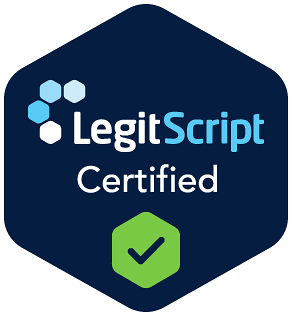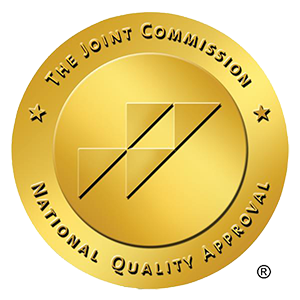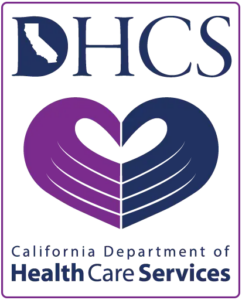California leads the nation in innovative addiction treatment approaches, with over 4,000 licensed facilities offering specialized care. The state’s inpatient drug treatment California programs combine evidence-based therapies with cutting-edge medical protocols.
We at Surf City Detox understand that choosing the right treatment path feels overwhelming. This guide breaks down everything you need to know about California’s inpatient options, from what makes these programs unique to selecting the perfect facility for your recovery journey.
What Makes California Inpatient Treatment Revolutionary
California’s inpatient drug treatment programs outperform national standards through three distinct advantages that directly impact your recovery success. The state requires facilities to maintain higher staff-to-patient ratios than federal minimums, with many programs providing 1:4 ratios compared to the national average of 1:8. This translates to more personalized attention during your most vulnerable recovery phase.
Evidence-Based Integration Sets the Standard
California mandates that licensed facilities integrate multiple therapeutic modalities within single treatment episodes. Programs combine cognitive behavioral therapy, dialectical behavior therapy, and trauma-informed care as standard protocol rather than optional add-ons. California facilities that utilize integrated approaches demonstrate improved completion rates compared to single-modality programs.
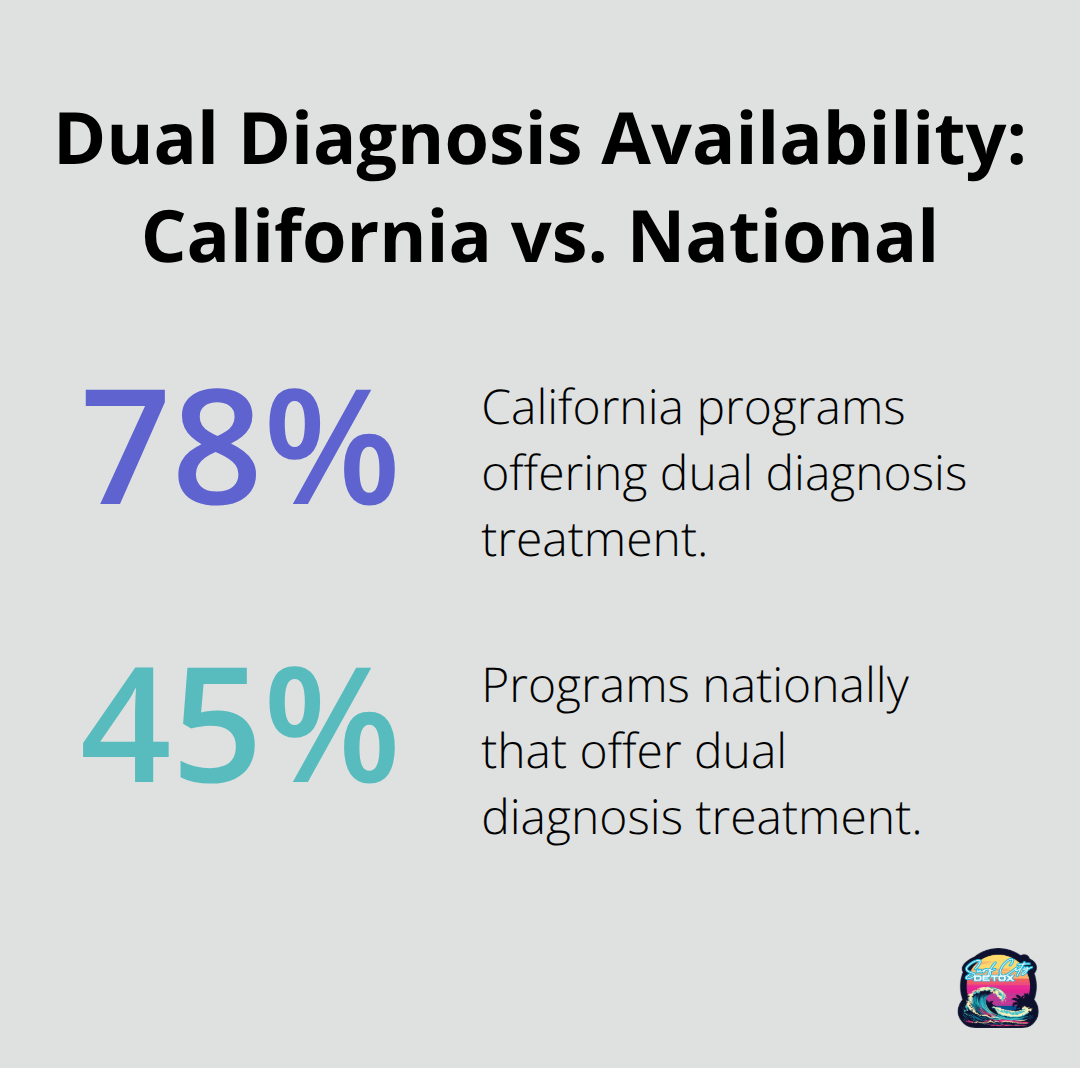
Most facilities also address co-occurring mental health disorders simultaneously, with 78% of California programs that offer dual diagnosis treatment compared to 45% nationally (according to SAMHSA data).
Treatment Duration Follows Medical Necessity
California inpatient programs typically span 30 to 90 days, with medical professionals who determine length based on individual progress markers rather than arbitrary timelines. Short-term programs that last 28-30 days focus on detox stabilization and initial therapy engagement. Extended stays of 60-90 days allow deeper trauma processing and skill development. The state’s progressive approach includes transitional phases where clients gradually increase independence while they maintain clinical support.
Superior Outcomes Through Comprehensive Care
Research from the California Department of Public Health shows that clients who complete 60+ day programs maintain sobriety at rates 34% higher than those in shorter programs. These extended programs address root causes rather than just symptoms, which creates lasting change. California facilities also report lower readmission rates (18% versus 32% nationally) due to their comprehensive approach that treats the whole person.
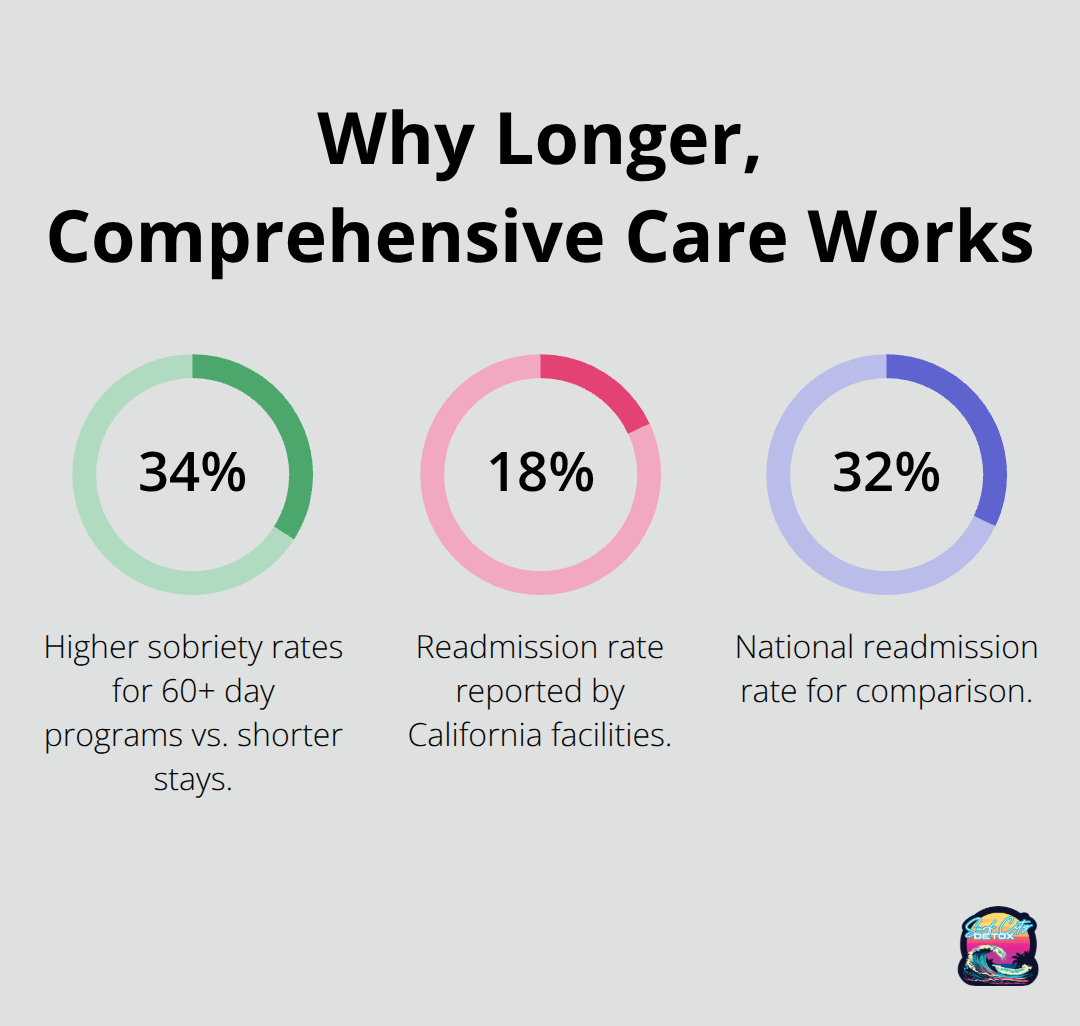
The foundation of effective treatment starts with proper medical supervision and structured daily activities that support your recovery goals.
What Happens During Your Inpatient Stay
Your inpatient treatment begins with medical detox, where physicians monitor your vital signs every four hours during the first 72 hours. California facilities use standardized withdrawal assessment protocols that track symptoms on a scale from 0-67, with medical staff who adjust medications based on your specific substance and withdrawal severity. Medical professionals administer FDA-approved medications like buprenorphine for opioid withdrawal or benzodiazepines for alcohol withdrawal, which reduces dangerous complications by 89% compared to unsupervised detox.
Structured Daily Schedule Builds Recovery Skills
Your typical day starts at 7 AM with breakfast, followed by individual therapy sessions that last 50-90 minutes with licensed clinicians. Group therapy occurs twice daily in sessions of 6-8 participants, with focus on cognitive behavioral therapy techniques that reduce relapse risk by 60% within the first year. Afternoons include specialized sessions such as trauma therapy that uses EMDR protocols, family therapy sessions via video calls twice weekly, and recreational therapy that includes art, music, or equine-assisted activities. Evening hours feature 12-step meetings, meditation sessions, and structured free time with peers. California regulations require minimum 20 hours of therapeutic activities weekly, though most quality facilities provide 35-40 hours.
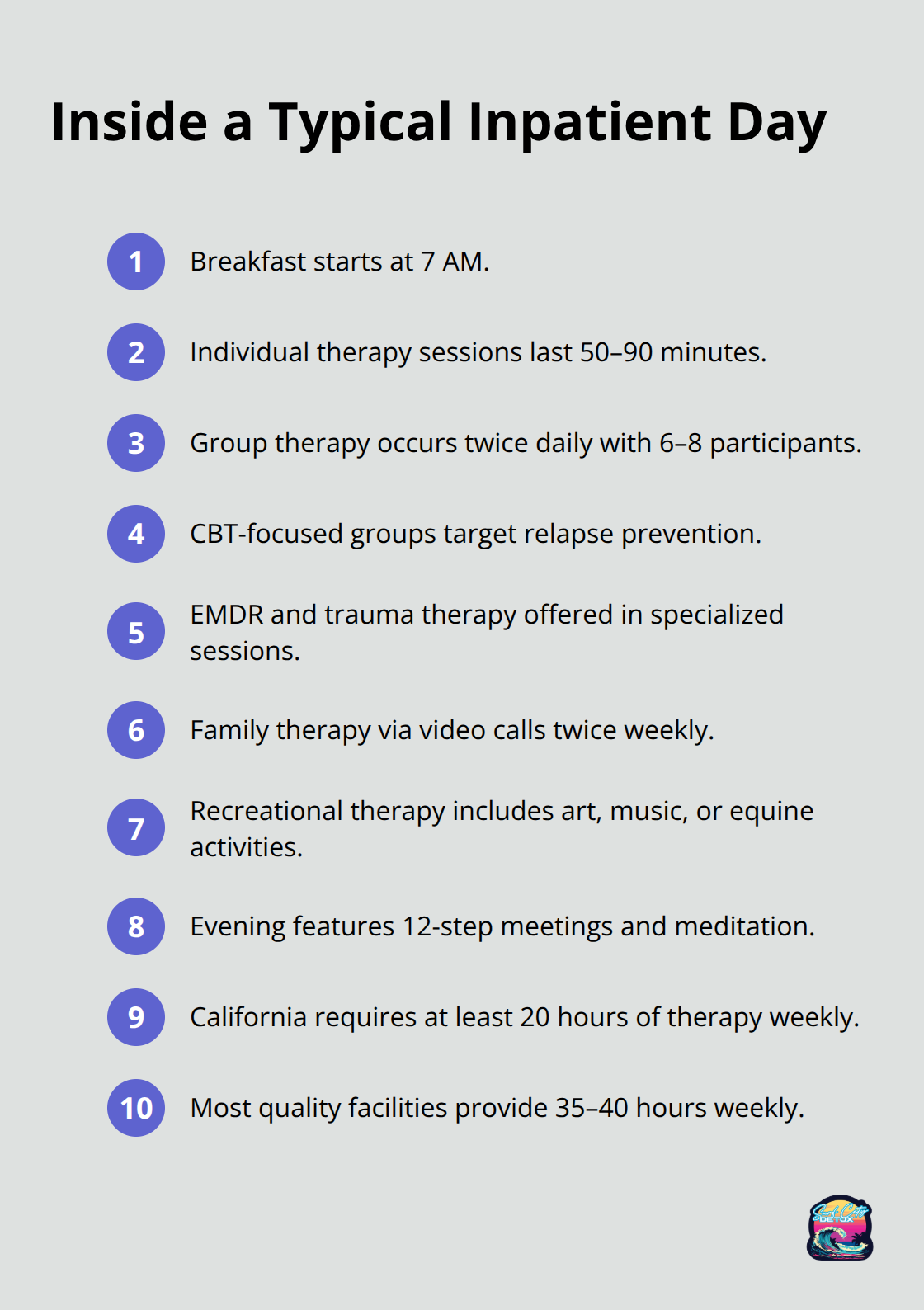
Family Integration Accelerates Long-Term Success
Family members participate in weekly educational sessions that cover addiction science, communication skills, and boundary establishment. These sessions reduce family behaviors that enable addiction by 45% and increase treatment completion rates by 23% according to research from UCLA’s Integrated Substance Abuse Programs. Facilities conduct family therapy sessions that start in week two of treatment, which address relationship repair and establish healthy support systems. Many programs offer family weekends where loved ones visit the facility, participate in joint therapy, and learn strategies for continued care that support your transition home.
The success of your inpatient experience depends heavily on the facility you choose, which makes careful selection essential for your recovery outcomes. Understanding what happens after detox helps you prepare for the ongoing journey ahead.
How to Select the Best Treatment Facility
Accreditation status determines whether a facility meets national safety and quality standards that protect your investment and wellbeing. The Joint Commission accreditation requires facilities to undergo rigorous evaluations every three years, with unannounced surveys that assess everything from medication management to staff qualifications. California state licensing through the Department of Health Care Services mandates specific staff-to-patient ratios, with facilities that lose licenses for violations include inadequate medical supervision or unqualified counselors. CARF accreditation goes further by evaluating treatment outcomes and requires facilities to demonstrate measurable client progress. Facilities without proper accreditation operate outside regulatory oversight, which increases risks of substandard care or financial fraud that could derail your recovery.
Insurance Coverage Reduces Financial Barriers
Most California facilities accept major insurance plans, with PPO plans that typically cover 80-90% of inpatient treatment costs after deductibles. Aetna and Blue Shield of California maintain the largest networks of contracted facilities, while Medi-Cal covers treatment at state-certified programs for qualified residents. Insurance verification takes less than one hour at reputable facilities, with financial coordinators who provide written estimates before admission. Self-pay rates range from $15,000-$45,000 monthly (depending on amenities and location), though many facilities offer payment plans that reduce upfront costs. Ask facilities for detailed cost breakdowns that separate medical services, therapy, and accommodation fees to avoid surprise charges during treatment.
Critical Questions Reveal Facility Quality
Staff turnover rates below 25% annually indicate stable, experienced teams who provide consistent care throughout your stay. Facilities should provide specific completion rates rather than vague success claims, with quality programs that achieve 82% completion rates compared to industry averages of 52%. Medical director qualifications matter significantly, with board-certified addiction medicine physicians who provide superior clinical oversight compared to general practitioners. Ask about average length of stay for your specific substance, as facilities that rush clients through 28-day programs often sacrifice thoroughness for profit margins. Many treatment centers are located in calm, scenic environments that help people feel more relaxed and open to healing.
Alumni References Validate Long-Term Success
Request alumni contact information from graduates who completed treatment 6-12 months prior, as their experiences reveal long-term facility effectiveness better than testimonials from recent graduates. Quality facilities maintain active alumni programs with regular check-ins and support meetings that demonstrate ongoing commitment to client success. Alumni who remain connected to their treatment facility show 40% higher sobriety rates at one-year follow-up compared to those without continued support systems. Successful long-term recovery typically requires ongoing treatment that may include therapy, support groups, and sometimes maintenance medications.
Final Thoughts
California’s inpatient drug treatment programs deliver superior outcomes through evidence-based integration, extended care options, and comprehensive medical supervision. These facilities maintain higher staff ratios, achieve 82% completion rates, and demonstrate 34% better long-term sobriety rates compared to national averages. The state’s progressive approach addresses root causes while it provides structured daily schedules that build recovery skills.
Your first step toward recovery requires you to choose a facility that prioritizes your individual needs and long-term success. Quality inpatient drug treatment California programs offer medical detox, residential care, and dual diagnosis support under clinical supervision that meets rigorous state standards. These comprehensive programs treat the whole person rather than just the symptoms of addiction.
We at Surf City Detox provide multiple levels of care in our Huntington Beach facility, where we combine medically supervised detox with residential treatment and dual diagnosis support. Our experienced team understands that recovery requires comprehensive care that addresses the underlying causes of addiction (not just surface-level symptoms). Contact us today to learn how our personalized approach can support your journey toward lasting sobriety.

